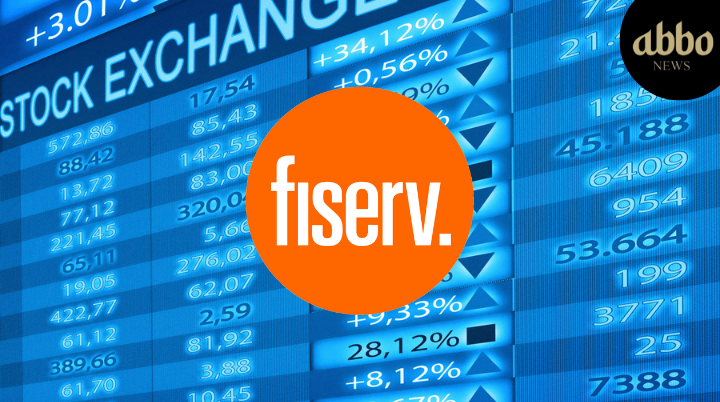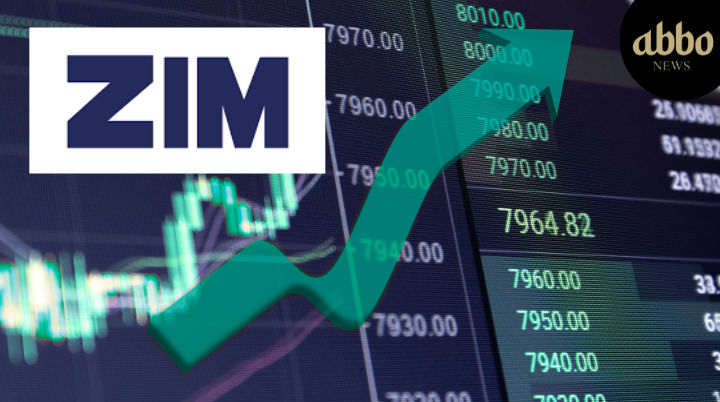Althea Spinozzi, Head of Fixed Income Strategy, Saxo Bank.
The fixed-income landscape presents opportunities and challenges as we approach the final quarter of 2024. Central banks, particularly in the US and Europe, are expected to continue gradual rate cuts, paving the way for a more normalized interest rate environment by late 2025. However, persistent inflation and fiscal deficits are likely to keep long-term yields elevated, complicating the dynamics of bond investing.
Economic Outlook: Slower Growth and Persistent Inflation
The US economy continues to show resilience, with annualized growth of 3% as of June, driven by robust consumer spending. Nonetheless, signs of a slowdown are emerging as the labor market cools and job growth moderates. GDP growth is projected to decelerate to 2.4% in 2024 and 1.7% in 2025. While inflation has eased from its 2022 peak, it remains above target levels, prompting the Federal Reserve to approach its rate-cutting trajectory cautiously.
Economic recovery in Europe has been slower than expected, but low unemployment and rising real wages support growth. The ECB will likely maintain its gradual rate-cutting strategy, aiming to bring the deposit rate to 2.5% by September 2025.
Interest Rates: A New Equilibrium Emerges
Interest rates across developed markets are stabilizing at a higher equilibrium, driven by central banks’ cautious efforts to control inflation. In the U.S., while inflation has moderated, it remains elevated. The Federal Reserve has cut rates by 50 basis points and is forecasted to implement two additional 25 basis point cuts this year, depending on incoming data. Reductions could extend into 2025, lowering the Fed Funds rate to 3.5%. However, core inflation remains stubborn, leading the Fed to maintain a restrictive stance to avoid reigniting inflationary pressures. This suggests that long-term U.S. Treasury yields may remain elevated in the medium term, impacting strategies for investing in bonds.
Although growth has lagged European expectations, low unemployment, and rising real wages support modest GDP expansion. The ECB is expected to gradually reduce rates by 25 basis points per quarter, potentially lowering the deposit rate to 2% by late 2025. As such, yield curves in Europe are likely to steepen, although long-term yields may remain elevated, influenced by trends in U.S. Treasuries.
Yield Curve Dynamics: Gradual Normalization Amid Structural Pressures
In the U.S., the yield curve is gradually normalizing as the Fed proceeds with rate cuts. However, long-term yields may face upward pressure due to ongoing concerns about deficit spending and the potential for economic reacceleration in 2025. According to the September FOMC macroeconomic forecast, which anticipates 2% real GDP growth over the next three years and inflation returning to 2%, therefore the fair value of 10-year U.S. Treasury yields should be around 4%. Long-term yields are likely to remain rangebound until clearer directions emerge from the U.S. election or a more significant economic downturn.
European yield curves are expected to follow a similar trajectory, with longer-term yields remaining elevated. The German 10-year Bund could find a new trading range of around 2.5%. The spread between Italian BTPs and German Bunds may widen slightly as the ECB normalizes its balance sheet. However, we expect it to remain well below 200 basis points throughout the last quarter of the year as BTPs attract investors seeking higher yields.
Investment Strategy: Managing Inflation, Volatility, and Monetary Policy Risks
As we move into Q4 2024, bond investing should focus on building a buffer against inflation and potential surprises in monetary policy, similar to strategies adopted in 2022 and 2023. While markets anticipate an aggressive rate-cutting cycle, central banks may deviate from these expectations. Positioning in the short-to-intermediate segments of the yield curve will allow investors to capitalize on falling rates while reducing exposure to long-end volatility.
Credit selection is crucial in this volatile environment. Companies, especially in the junk bond space, that have extended their debt maturities and have no immediate cash flow needs are well-positioned to offer attractive yields while remaining resilient during an economic slowdown. There are also opportunities in the investment-grade sector, although these bonds generally carry longer durations and provide only a modest yield premium over their benchmarks.
The current environment is particularly favorable for investing in bonds from emerging markets, especially in countries with high real interest rates and firm commitments to controlling inflation. These conditions allow emerging market governments the flexibility to cut rates cautiously, potentially enhancing bond valuations. However, by adopting a prudent approach and avoiding aggressive cuts, these countries can maintain currency stability against the dollar and euro, thus reducing depreciation risks.
In Latin America, central banks have implemented significant rate cuts, limiting some investment opportunities. However, Mexico stands out, with interest rates above 10% as of the end of Q3, despite inflation being near 5%. This gives Banxico the leeway to lower rates cautiously while preserving a buffer against inflation.
In Asia, the outlook appears more promising. Central banks are adopting a cautious stance, with countries like Indonesia having recently hiked rates and maintaining them steadily since. Indonesia and Malaysia present attractive scenarios, as headline and core inflation have decreased to around 2%. At the same time, interest rates remain high, offering the potential for measured rate cuts in the future.
For those engaging in bond investing, focusing on short-to-intermediate bonds, maintaining a keen eye on credit quality, and considering emerging market opportunities will be essential strategies as we navigate the complexities of the coming quarters.
Peter Williams, a financial writer with over five years of experience, specializes in covering stock market movements, bond markets, commodities, and macroeconomic trends. Read Full Bio










